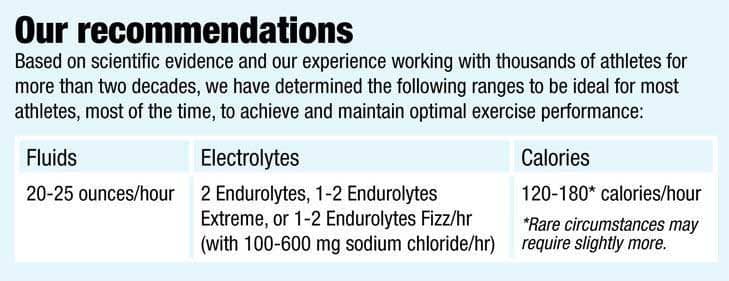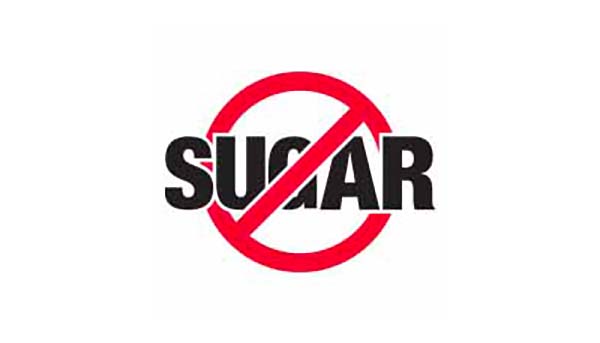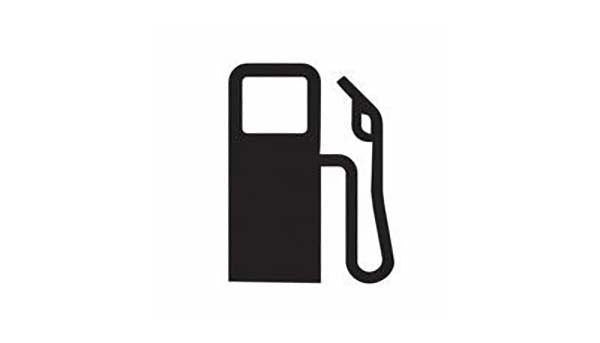To fuel successfully, less is better than more!
Hammer Nutrition has been advocating the "less is best" approach since 1987. Proper fueling is achieved by consuming the least amount necessary to keep your body doing what you want it to do hour after hour. That philosophy guides all of our recommendations for fluid, calorie, and electrolyte intake during exercise. What makes us so sure we're right? Scientific research and 30+ years working with thousands of athletes have proven it! Follow this approach, and you too will reach your full potential as an athlete and feel great during the downtime, too.
Why you should replenish, not replace!
Many "experts" advise athletes to replace what they expend during exercise in equal or near-equal amounts, hour after hour. They cite data such as "you lose up to 2 grams of sodium per hour, burn up to 900 calories hourly, and sweat up to 2 liters an hour" to defend their position. Sadly, athletes who follow this advice typically experience poorer-than-expected results.
The "replacement" guide to fueling does NOT work. Your body cannot replace fluids and nutrients at the same rate it depletes them. When you exercise, even at an easy aerobic pace, your metabolic rate increases and your body goes into "survival mode." Blood is routed to working muscles, fluids are used for evaporative cooling, and oxygen is routed to your brain, heart, and other internal organs.
During prolonged exercise, you must cooperate with your body's innate survival mechanisms. Attempting to replace the calories, fluids, and electrolytes lost during exercise will only interfere with these systems, causing cramping, bloating, GI distress, swelling, and bonking. The more effective and safer approach is to replenish your body with what it can reasonably absorb and process.
The safe rule of thumb is to replenish at about one-third of loss values, adjusting as conditions dictate. For most athletes, most of the time, that means 20-25 ounces of fluid/hour; 120-180 calories/hour; and a full-spectrum of electrolytes with no more than 100-600 milligrams of sodium chloride/hour. Your body's remarkably efficient survival safeguards will very capably deal with the differences between what is lost during exercise and what can be effectively replaced.
We're sure that when you get away from those 500-700 calorie, a gram or two of salt, and 1 liter of fluid per hour regimens, your body will perform much better, you'll feel better, and you'll get the results that you train so hard to attain. HN










1 comment
I wonder what your reaction is to the latest fad of hyper-fueling in the pro and elite amateur peloton – 400 calories per hour?
———
Hammer Nutrition replied:
Hi Tim, I’m so glad you asked – it’s a myth and I don’t believe it, but in an apparent case of one upmanship, some are now claiming they consume 120 grams per hour (480 calories)! It’s like we all got teleported back to the 80’s. Unfortunately, it’s physiologically impossible for two reasons. The first is carb to glycogen conversion in the liver – All research says that’s between 4 and 4.6 calories per minute, or 240 to 276 per hour can be converted. But before it gets to the liver, you gotta get all of that through the stomach, which is the other elephant in the room – stomach osmolality – a very delicate balance between liquid and carbohydrates must be maintained (280-302 mOsm), or the stomach will cease draining and fill up like a balloon. The % concentration of carbs in water and the type of carbs determines this, with sugar being much lower % than complex carbs. Rough calculations suggest that number would be at least 70-80 fluid ounces to get 100 grams of sucrose/fructose/glucose to pass through the stomach. Now imagine drinking 4 to 5 500 ml bottles per hour), while riding at near AT, for 4 + hours. Personal experience and research says the higher the rate of intensity, the fewer calories can be consumed, not the opposite. Until these people can address these two enormous physiological limitations, and how they are able to overcome them, I call bull. BDF